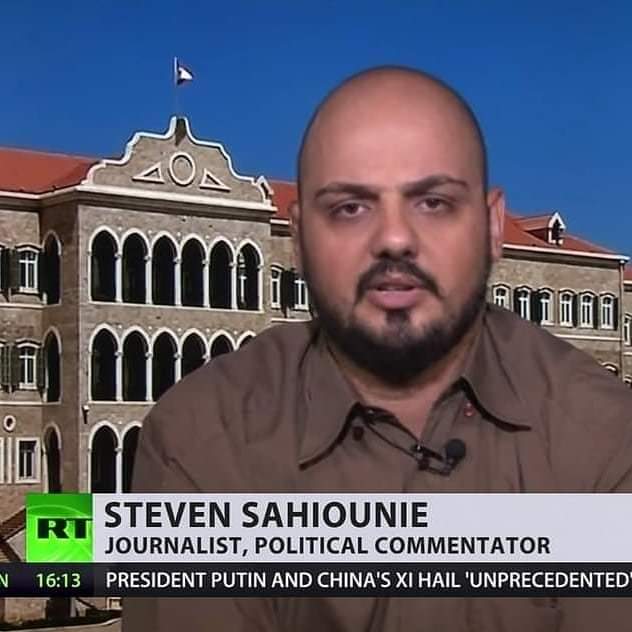Steven Sahiounie, journalist and political commentator
In a historic step toward rebuilding a nation scarred by years of conflict, Syria has embarked on an ambitious journey to restore its energy sector and revitalize its economy. On May 29, 2025, President Ahmad al-Sharaa witnessed the signing of a $7 billion memorandum of understanding in Damascus, marking the largest post-war infrastructure investment in Syria's history. This transformative deal, led by Qatar's Urbacon Holding alongside a global consortium, promises to reshape Syria's energy landscape, create jobs, and lay the foundation for long-term recovery.
A New Dawn for Syria's Energy Sector
The centerpiece of this initiative is the construction of five state-of-the-art power plants, four gas-powered and one solar, that will collectively supply over 50% of Syria's electricity needs, tripling the country's current capacity. With a planned output of 10,000 megawatts (MW), these projects will address Syria's dire energy shortages, where the current capacity stands at 5,170 MW but actual output languishes at just 1,600 MW due to fuel shortages. This results in Syrians enduring only 2-4 hours of electricity daily, with grid utilization at a mere 12.5%.
The consortium, comprising Urbacon Holding (Qatar), Power International (U.S.), Cengiz Enerji (Turkey), and Kalyon (Turkey), will oversee the development of four gas plants generating 4,000 MW and a solar plant producing 1,000 MW. The gas plants are slated for completion in 3.5 years, while the solar facility will be operational in less than two years. Beyond boosting electricity supply, these projects are expected to create 50,000 jobs, support critical infrastructure like hospitals and schools, enhance irrigation and industrial capacity, and strengthen regional electricity trade. The inclusion of a solar plant also signals Syria's commitment to a cleaner, more sustainable energy future.
Adding to the optimism, preliminary estimates suggest Syria may hold 40 trillion cubic feet of untapped gas reserves in one of the world's richest geological basins. The discovery made in June 2010 could pave the way for offshore exploration, potentially repositioning Syria as a significant player in the global energy market.
Rebuilding Trade Ties: Saudi Arabia and Beyond
Syria's economic recovery extends beyond energy, with revitalized trade relationships signaling a broader reintegration into global markets. Commercial ties with Saudi Arabia, which plummeted by 80% between 2010 and 2020, are rebounding. In 2010, trade between the two nations was valued at $1.724 billion, but by 2020, it had fallen to $675 million. The reopening of the Nasib border crossing with Jordan in 2018 marked a turning point, facilitating the flow of Syrian agricultural and industrial goods into Gulf markets.
By 2020, Syrian exports to Saudi Arabia totaled 140 billion Syrian pounds, while imports reached 370 million Syrian pounds. In 2024, trade volume surged to $320 million, with Syria achieving a $36 million trade surplus. Saudi exports to Syria, valued at 1.206 trillion Syrian pounds, include plastics, coffee, tea, spices, ceramics, fruits, and inorganic chemicals. In return, Syria exports processed and fresh fruits, animal and vegetable fats, coffee, tea, spices, and dairy products, with processed fruits and vegetables alone accounting for 415.108 billion Syrian pounds.
Lifting Sanctions: A Catalyst for Recovery
For decades, sanctions have crippled Syria's economy, isolating it from global markets and exacerbating humanitarian crises. The United States designated Syria a State Sponsor of Terrorism in 1979, followed by expanded sanctions in 2004 under the Syria Accountability Act. The outbreak of the Syrian Civil War in 2011 prompted severe measures from the U.S., EU, Canada, and the Arab League, including oil import bans, asset freezes, and financial restrictions. The 2019 Caesar Act further tightened the screws with secondary sanctions targeting entities engaging with Syria's government.
These measures led to a severe decline in trade, banking isolation, currency depreciation, and skyrocketing inflation, making basic goods and medical supplies unaffordable for many. Fuel shortages crippled industries, and the humanitarian toll was staggering, with millions displaced and 16.5 million people requiring aid in 2025.
A seismic shift occurred in May 2025, when the EU and U.S. lifted economic sanctions following the fall of the Assad regime in December 2024. This opened the door for Syria's Central Bank and financial institutions to reconnect with global markets, unlocking an estimated $15 billion in restricted assets for reconstruction. The move has been hailed as a... ï ? ? €œpowerful message of hope" by the UN migration agency, signaling a new era of opportunity for displaced Syrians and the nation as a whole.
A $1 Trillion Challenge: Rebuilding Syria
Syria's reconstruction is a monumental task, with the Syrian Minister of Economy estimating a need for at least $1 trillion to fully restore the economy, far surpassing earlier projections of $400 billion. Saudi Arabia and Qatar have pledged financial support for government employees, bolstering economic stability. The Tartus Port Deal and sanctions relief are expected to attract foreign direct investment, while the reopening of the Nasib border crossing has already boosted agricultural and industrial trade.
The Syrian government is developing an investment roadmap targeting tourism, industry, and transportation, including ports and railways. However, challenges remain, with 16.5 million people still in need of humanitarian assistance. The international community is advocating for long-term recovery solutions beyond aid, and the anticipated reopening of foreign embassies signals growing stability and investor confidence.
(Note: You can view every article as one long page if you sign up as an Advocate Member, or higher).





